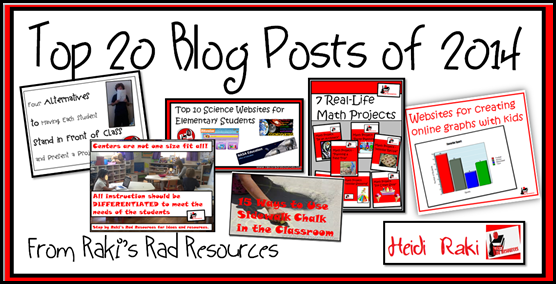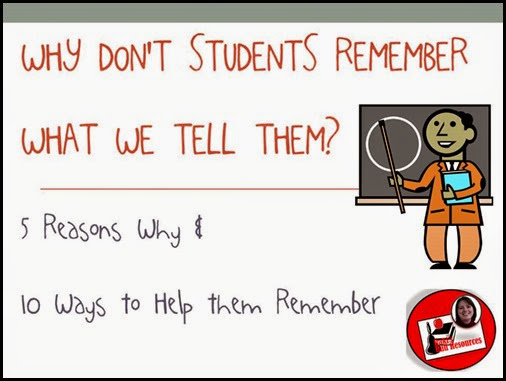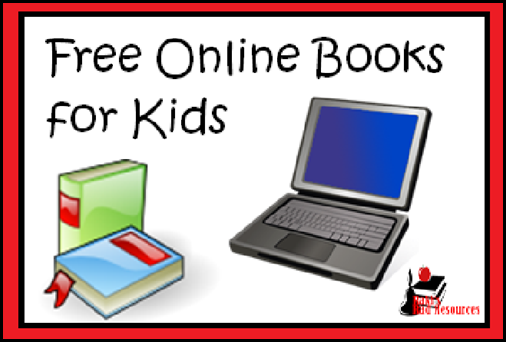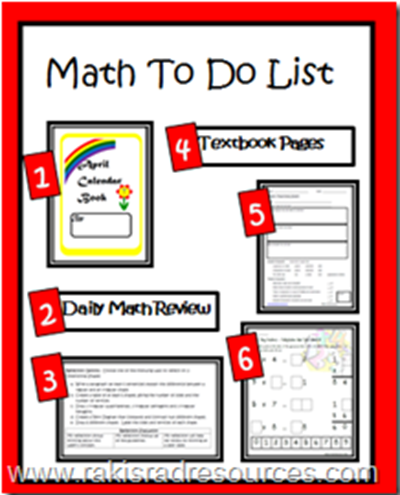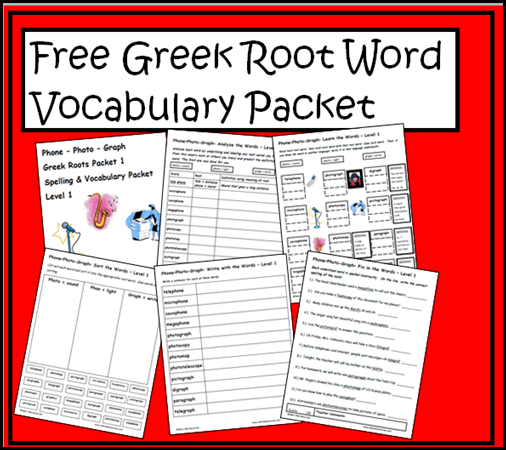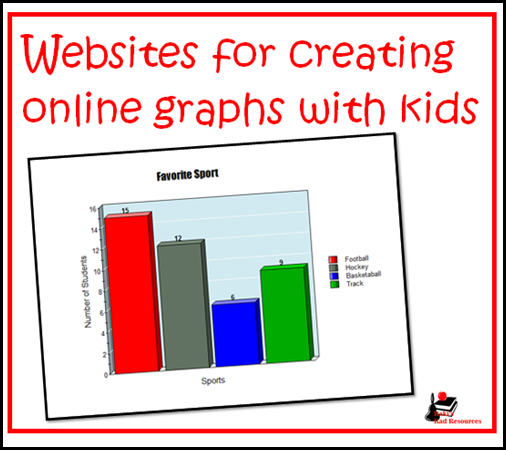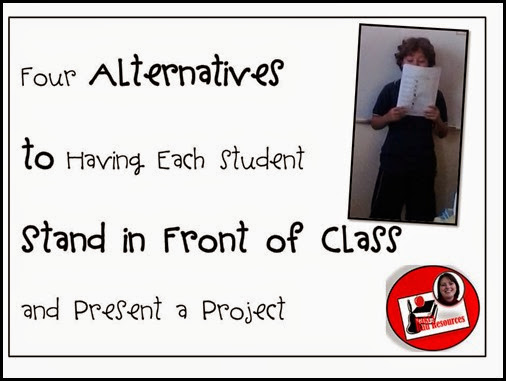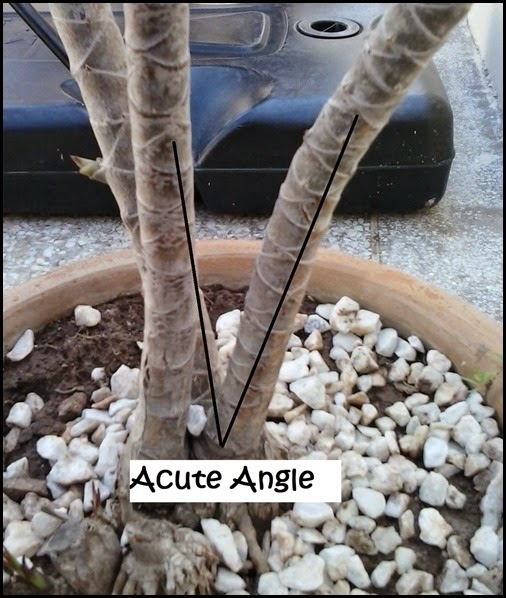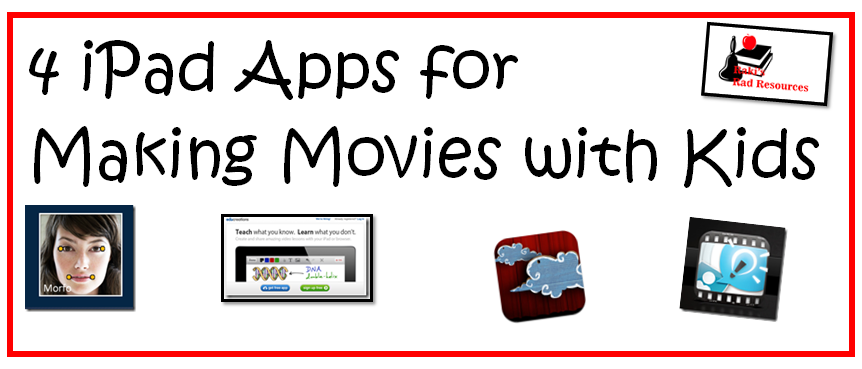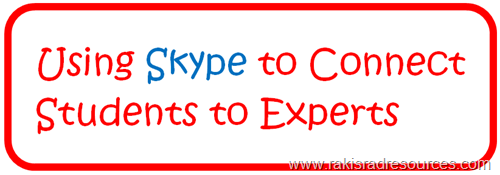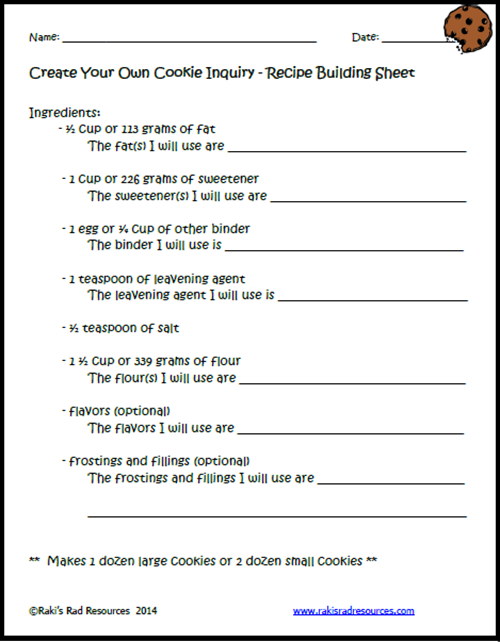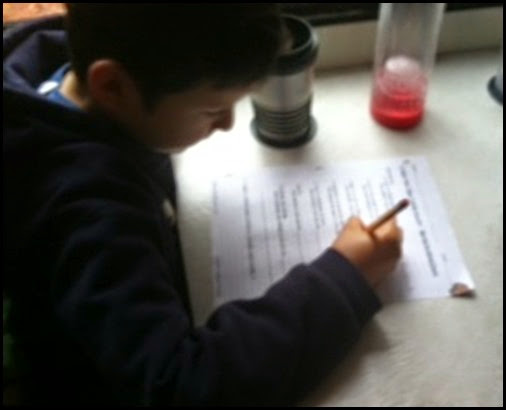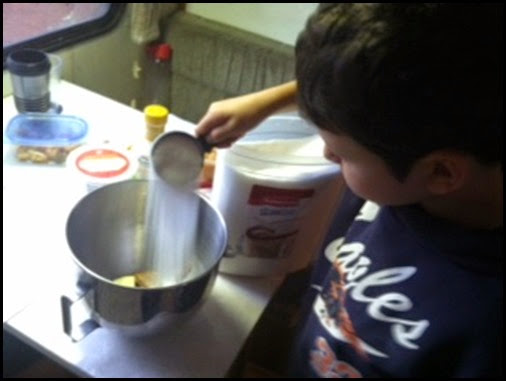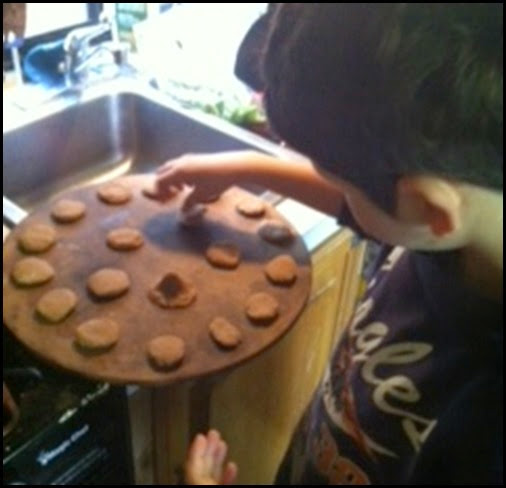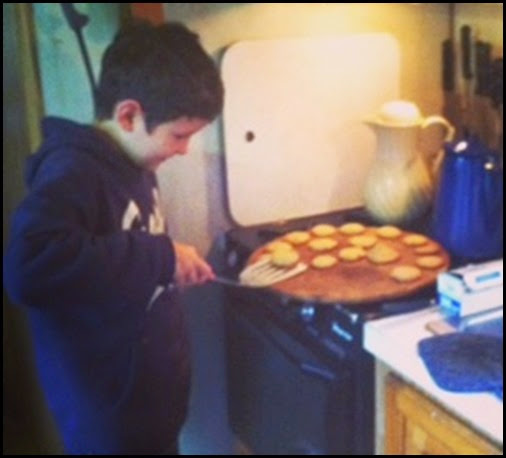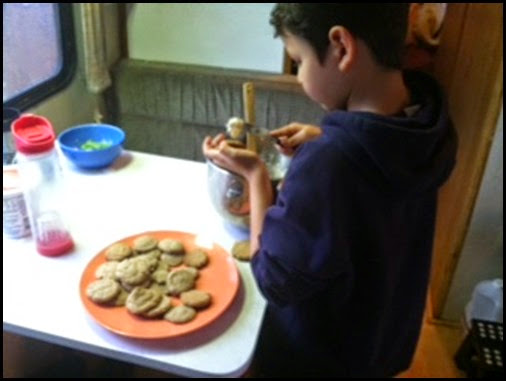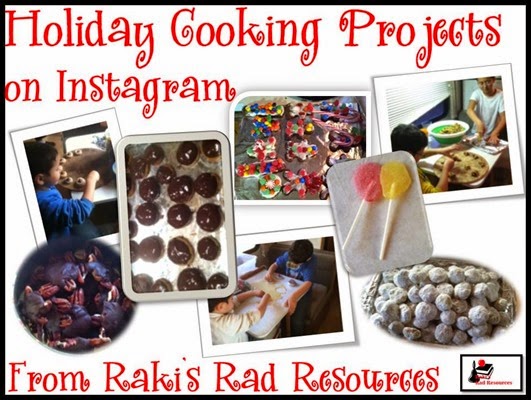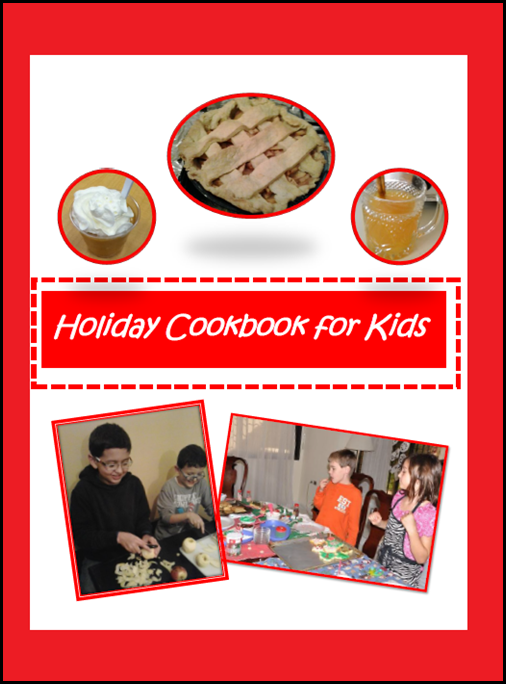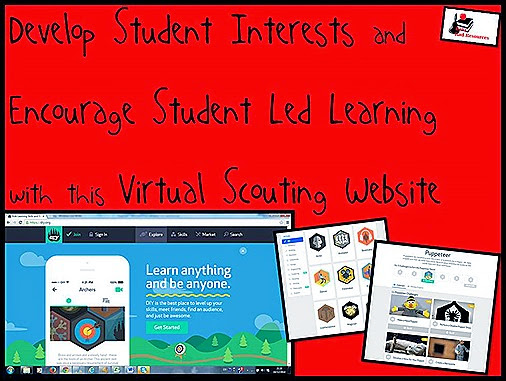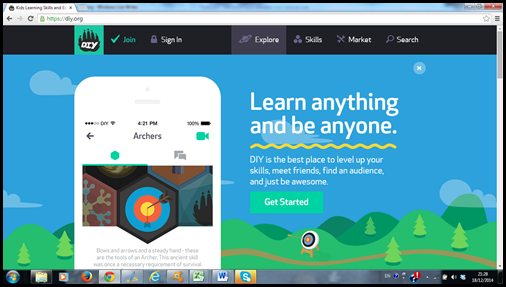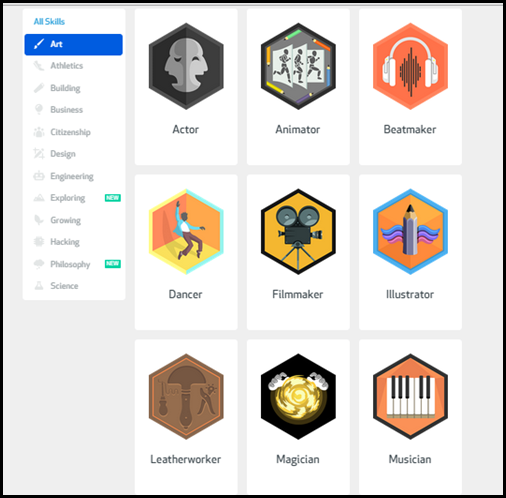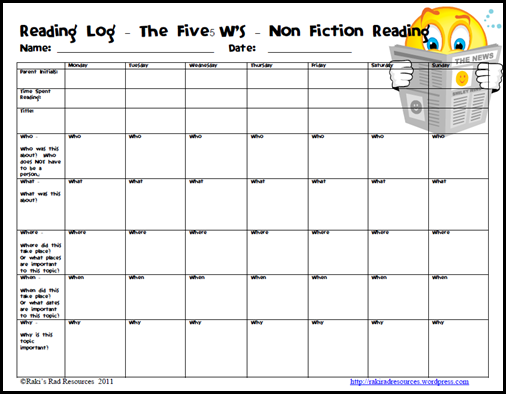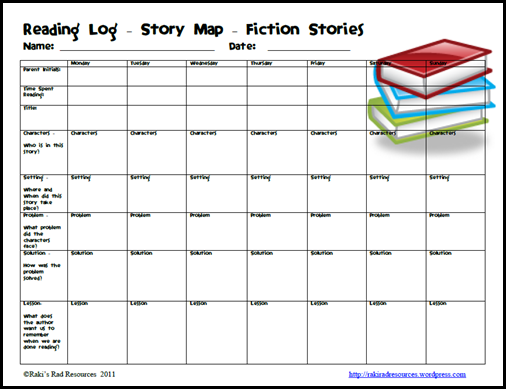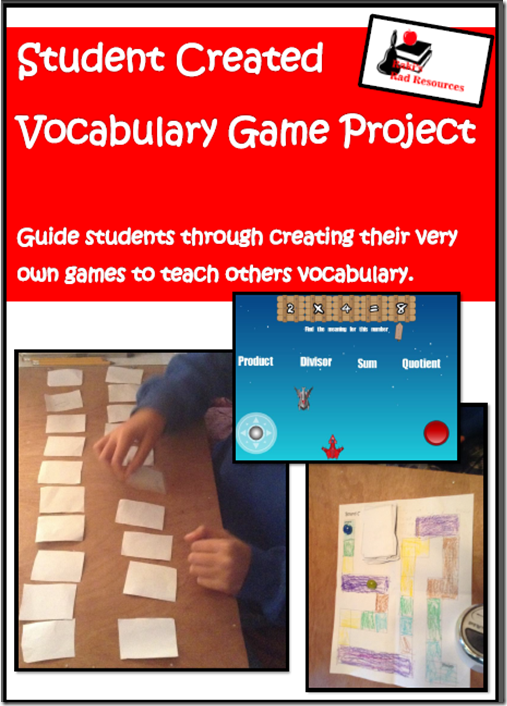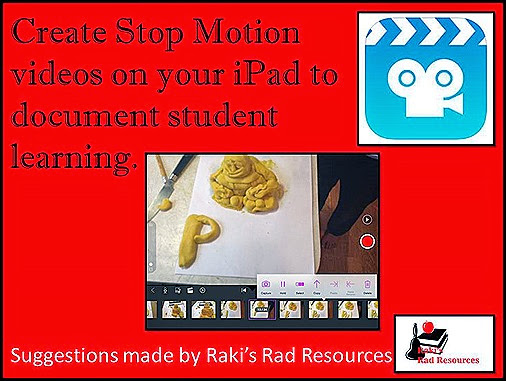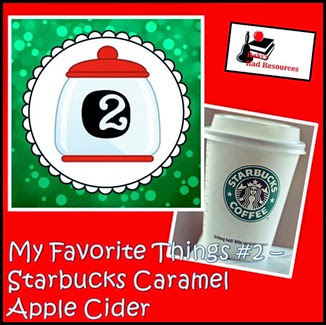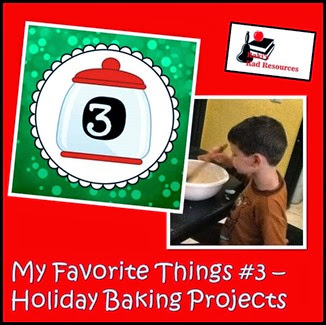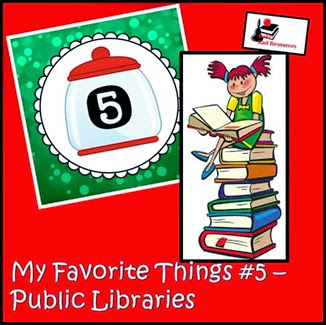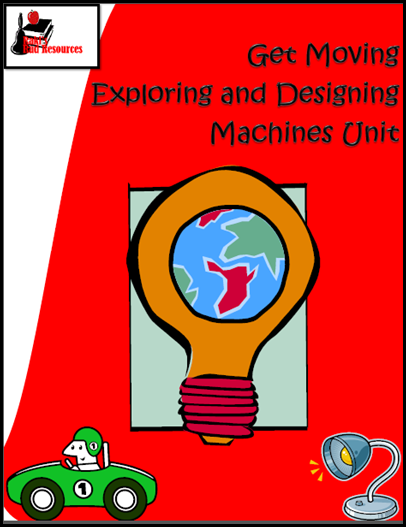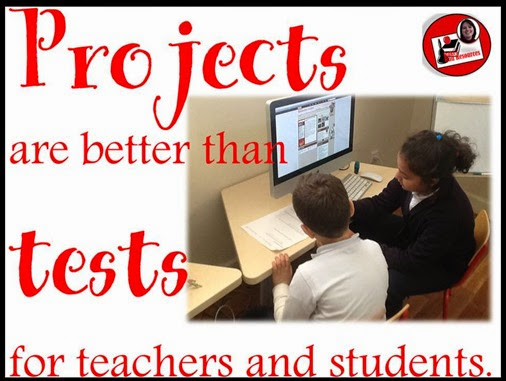
Tests, especially multiple choice tests don’t tell me whether students understand a concept. As inconvenient as it is to notice, students taking a standard multiple choice test have a 20 – 25% chance of passing a multiple choice test if they can’t read any of the questions, just depending on how lucky they are in their guesses. In fact, I’ve had students do better on a test when they didn’t read the test than when they took the time to try and read the words on a test. As a teacher, a multiple choice test given to a set of silent third graders tells me:
1. How good of a reader my student is
2. How good my student is at making inferences
3. How much vocabulary my student has
4. How good my student is at using test taking strategies like process of elimination
5. How good my student is at sitting still and quiet for long periods of time
And all of this is on a good day. If students are having a bad day, a multiple choice test may tell me:
1. Who had a good nights sleep last night
2. Who ate a nutritious breakfast
3. Who had a fight with a sibling, parent or friend this morning
4. Who isn’t feeling well due to a virus or cold
5. Who is distracted by the class playing outside on the playground, the kids fooling around in the halls, or the clock ticking away
Okay tests aren’t perfect, but they’re convenient and time saving devices, right? This allows us to take away less instructional time, right? Not really. When you figure in:
1. We spend a lot of time preparing students for a test – teaching them the specific skills, vocabulary and type of questions will be on a test.
2. We stop all learning to take time out for tests and require students to sit still and be quiet until every child is done.
3. Because we require students to sit still for so long, we have to take further instructional time to let them “unwind” after a test.
4. Children who did poorly, or who are anxious that they might have done poorly on a test, may shut out everything done in class after the test until they receive their score.
5. We still need to spend time grading the tests and reviewing the scores with students.
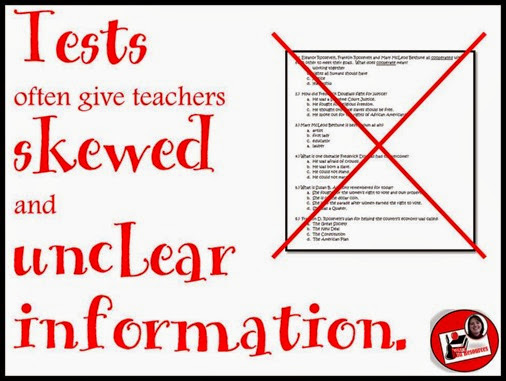
Alright, but the argument goes that students still need to take tests so that they will be prepared for their future. Think about your every day life. When was the last time you took a test that WASN’T part of a class? In Cosmo magazine? At the doctor’s office? Probably the last time you took a test that impacted your life was when you took your teacher certification test, which is a whole other can of worms! However, when was the last time you completed a project? Wrote an article? Created a presentation? Taught others about something you had recently learned? As a teacher and a business person, I am much more likely to do the projects, the presentations, the teaching the staff about what I learned at a conference than I am to take a test. The same could be said about 99% of the jobs that our students will hold in their future. So a good generalization would be to say that 99% of success in life is based on project completion and 1% is based on test results. Unfortunately, in many classrooms today at least 75% of a child’s grade is based on tests and quizzes while only about 10 – 20% is based on projects. How exactly is this helping our students?
The solution? PROJECTS! And not always close ended, follow the steps to a set conclusion projects. Students need time for open ended inquiry projects, research projects, present my learning projects and create something completely new projects. But, projects are time consuming and teachers have so much to get through, so how do you find the time?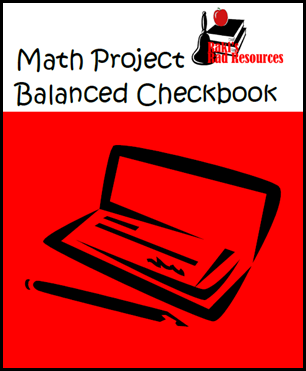
1. Integrate! Cover multiple standards with a single project. My new Create Your Own Cookie Science Inquiry project covers math, science and literacy standards. My African Folktales Online Poster Project covers social studies, literacy and technology standards. Even projects like my Balanced Checkbook Project covers math, social studies, literacy and technology standards. This means that instead of giving three or four tests, one project can cover all of those standards and actually save you time.
2. Let students evaluate themselves. Many of my projects, including the Build Your Own Vocabulary Game project and Math Video Creation project give students a chance to evaluate their own work before you sit down and conference with them. This means that the conversation is geared up and ready to go. A simple two minute conference is all that is needed to explain to students where they are strong and what they need to work on next time.
3. Use a rubric. Scoring a rubric with 5 – 10 categories often takes less time than grading a 30 question test. Also, if you go over the rubric with students BEFORE they begin their project, they have a clear idea of what you are looking for and there is so much less of the “I didn’t understand what it was asking of me.” conversation at the end of an assessment. All of the projects I have available in my Teachers Pay Teachers store come with some sort of a rubric. However, I also use rubrics in my Reading Response Journals, Math Problem Solving Journals and Writing Journals. So, by the time we get to a project, my kids are so used to looking at rubrics, they can often grade themselves. In fact, sometimes I have students grade themselves on the rubric using a green pen and then go through their work and mark my own grades with a red pen, so that they can see how I look at their work versus how they look at their work. Often you will find that kids are harder on themselves than we are on them.
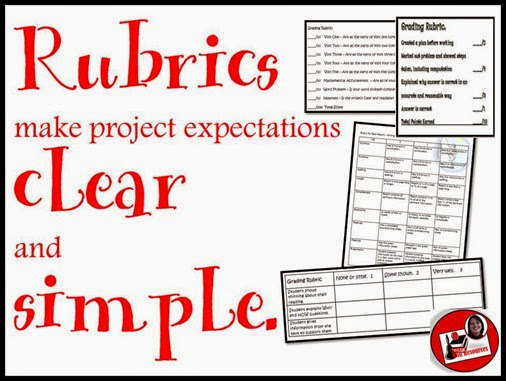
4. Multitask! Projects don’t have to be done when the entire class is sitting still in one place, like tests do. Instead, you can be teaching a mini lesson in one area of your classroom while students work on a project in another area. In fact, projects can be a regular part of your math or literacy centers, making one less center for you to have to plan each week.
5. Get rid of the fluff. Projects – when done right – are fun for kids. So, instead of inserting craftivities or other “fluff” to make our lessons more fun, let students work on a project. They will have fun, learn a lot and give you a good idea of where they are in a variety of different areas. Kids will agree too. I have had kids give up recess to build virtual field trips to the desert for my Deserts of the World project and forgo watching a movie to work on designing projects for their Earth’s Materials projects. Kids like projects, simple and easy.
Finally, according to the constructivist school of thought, kids learn more doing the project than from reading an article, listening to a lecture, watching a video or working on a math problem. Now, I think that all of those are great ways to build up background knowledge, but students won’t truly understand anything if we ask them to absorb it and spit it back out on a test. However, if they take that information, use it in a project, process it and then are asked a question on those end of the year tests that unfortunately public schools cannot avoid, they might just remember the information.
Food for thought. What do you think about projects? Do you use them? How much? Why or why not? I’d love to see a conversation about this begin in the comments.


